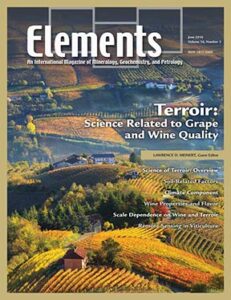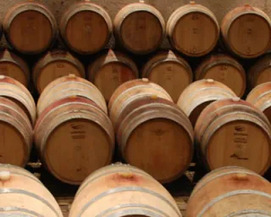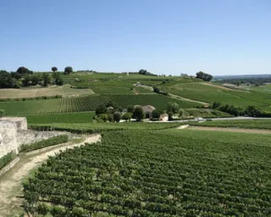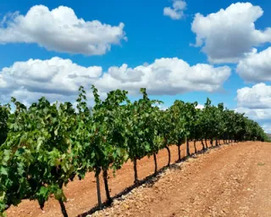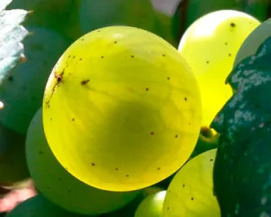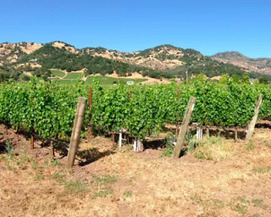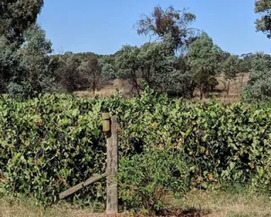Terroir: Science Related to Grape and Wine Quality
Lawrence D. Meinert – Guest Editor
Table of Contents
The French have a word for all aspects of the wine environment: terroir. Terroir is the integration of all individual factors that contribute to wine quality. This issue explores the physical environment that shapes the character and quality of wine, ranging from geology and soils to viticulture and climate. It also discusses some of the technological advances such as drones, remote sensing, and precision agriculture that are revolutionizing the production of fine wine.
- The Science of Terroir
- Major Soil-Related Factors in Terroir Expression and Vineyard Siting
- The Climate Component of Terroir
- Environmental and Viticultural Effects on Grape Composition and Wine Sensory Properties
- The Scale-Dependence of Wine and Terroir: Examples from Coastal California and the Napa Valley
- Remote Sensing Applications in Viticulture
Applied Spectra
Analab
CAMECA
CrystalMaker Software Ltd
Elemental Scientific
Excalibur Mineral Corporation
International Centre for Diffraction Data
International Mineralogical Association
IsotopX
ProtoXRD
Savillex
Volume 14, Number 4 (August) • Central Andes: Mountains, Magmas and Ore Deposits
GUEST EDITORS: Gerhard Wörner (Universität Göttingen, Germany), Taylor Schildgen (GeoForschungsZentrumand Potsdam, Germany), and Martin Reich (Universidad de Chile, Chile)
The Central Andes in South America are a first-order geological structure on our planet of an active continental margin. The link between subduction-related magmatism and processes and timing of uplift and volcanism shaped the Andean Cordillera and provides unique examples of the andesite magma generation during passage through thickened crust. As one of the largest ignimbrite provinces, the Central Andes also show ignimbrite “flare-ups” that are linked to crustal thickening and increased mantle magma input. Ignimbrites and andesites are the “smoking gun” of crustal differentiation at active continental margins. The interplay between tectonics and magmatism produced the world’s largest porphyry copper deposits and extremely arid climate conditions of the Atacama Desert led to spectacular salt deposits including the world’s richest deposits of lithium, boron, iodine and nitrates.
- The Central Andes: Elements of an Extreme Land
Gerhard Wörner (Universität Göttingen, Germany), Taylor F. Schildgen (GeoForschungsZentrumand Potsdam, Germany) and Martin Reich (Universidad de Chile, Chile) - Geomorphic, Geochemical, and Structural Signatures of Topographic Growth of the Central Andes
Taylor F. Schildgen (GeoForschungsZentrumand Potsdam, Germany) and Gregory D. Hoke (Syracuse University, USA) - Magmatism in the Central Andes
Gerhard Wörner, Mirian Mamani (Universität Göttingen, Germany), and Magdelana Blum-Oeste - Bringing the Heat: High-Flux Magmatism in the Central Andes during the Neogene
Shanaka de Silva (Oregon State University, USA) and Suzanne M. Kay (Cornell University, USA) - Nitrate Deposits of the Atacama Desert: A Marker of Long-Term Hyperaridity
Martin Reich (Universidad de Chile, Chile) and Huiming Bao (Louisiana State University, USA)
- uminescence Dating: Reconstructing Earth’s Recent History (February 2018)
- Comets (April 2018)
- Terroir: Science Related to Grape and Wine Quality (June 2018)
- Central Andes: Mountains, Magmas and Ore Deposits (August 2018)
- Deep Ocean Mineral Deposits (October 2018)
- Marine Biogeochemistry of Trace Elements and Their Isotopes (December 2018)



